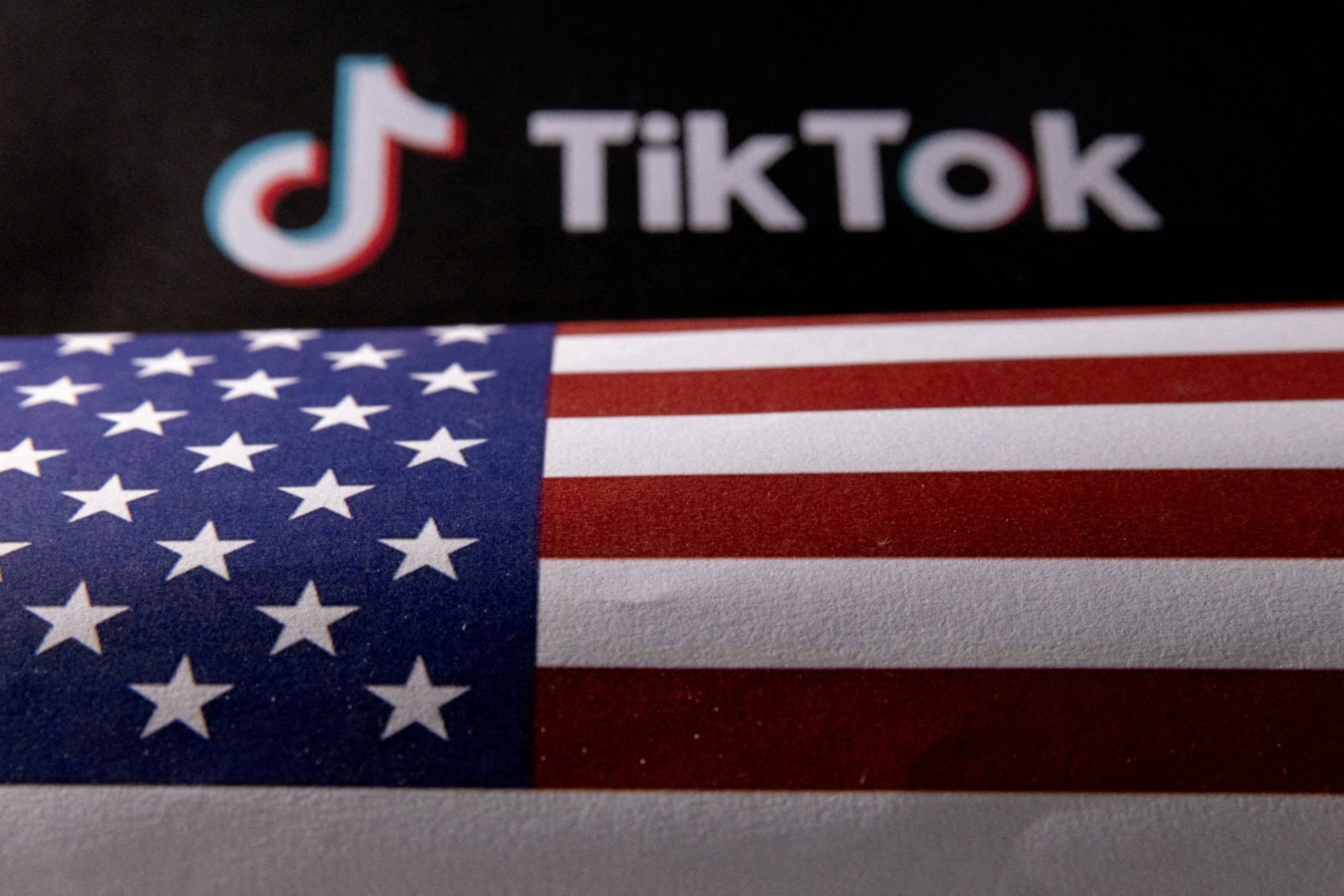LONDON — Sarah de Lagarde was rushing to a train in September 2022 when she slipped and fell through a gap between the platform and the train. For 15 horrifying minutes, she was stuck on the tracks undetected. Two trains ran over her. She survived, but her right arm and the lower portion of her right leg had to be amputated.
Lying in a hospital bed after multiple surgeries, de Lagarde, who just a month earlier had hiked Mount Kilimanjaro with her husband, Jeremy, wondered what the rest of her life would be like.
“I had thought I was invincible,” de Lagarde, a public relations executive at an investment firm in London, said in an interview.
She began thinking about what she could do. “I said, ‘OK, I lost this, I need a replacement, and it’s not going to be like some dud that has no function,’” she said.
Eighteen months later, de Lagarde, now 44, has regained some sense of normalcy thanks to major advancements in prosthetics that incorporate artificial intelligence. She has a new arm and hand, which she uses confidently to open containers, make morning coffee, water plants and put her clothes on hangers. Her 9-year-old daughter, Daphne, will sometimes hold the hand as they walk down the street.
The prosthetic hand, the most important and intricate piece, is powered by machine learning, a form of AI that excels at pattern recognition and making predictions based on past behavior. TikTok uses machine learning for its recommendation algorithm.
The advancements show how AI is seeping further into fields like health care. While many have raised alarms about AI’s risks, researchers said those concerns must be weighed against the technology’s potential to improve lives.
“When we get the opportunity to show people AI that is truly assistive for helping somebody, that’s positive,” said Blair Lock, co-founder and chief executive of Coapt, which made the machine learning software used in de Lagarde’s arm. “Health care is a good place to look for the sunny side of AI.”
Before being fitted with her prosthetic last year, de Lagarde spent months regularly visiting a London clinic to help train the software that would eventually power her arm. With electrodes attached to the end of her remaining limb, which was amputated at her biceps, technicians told her to think about making basic movements like picking up a glass or turning a door handle. The process triggered her muscles as if her arm was still there and provided data to teach her prosthetic how to react when she made certain actions or gestures.
Now when de Lagarde moves, sensors embedded in the arm send a signal to her hand to perform the job. The more she uses the arm, the better the software gets at predicting what she’s trying to accomplish.
“It would take me like 10 seconds and a lot of brain power to complete a movement like opening my hand,” she said. “Now I just open up the hand, and I realize I didn’t even think about it.”
The technology is not perfect. The arm weighs a lot, causing de Lagarde’s shoulder and back to hurt, and it has to be charged at least once a day. When the weather is hot, it is uncomfortable.
There is also no tactile function so that de Lagarde can feel what she touches. She has dropped her phone several times after forgetting that she held it in her right hand. Any hardware or software glitches can affect her.
“Every day, there is a moment where I think, oh my gosh, I miss my arm so much,” she said. “It makes you realize, as sophisticated as this is, our bodies are incredible.”
Cost is also an issue. The arm, elbow, hand and AI software are made by separate companies, driving up the expense. A full prosthetic arm like de Lagarde’s can cost more than 100,000 pounds, or about $125,000.
She paid for it in part by raising more than 30,000 pounds, or about $38,000, through a crowdfunding website. Covvi, the British maker of her hand, donated that portion of her new limb for free after reading about her accident.
Simon Pollard, chief executive of Covvi, said de Lagarde’s arm points to further advancements to come, which will affect people coming out of conflict zones, diabetes patients and victims of tragic accidents. Researchers are examining how to embed micro sensors directly into a person’s arm to provide even richer data for the AI systems to improve.
De Lagarde is closely watching the latest advances in hopes that she can be among those who benefit. “This technology is the silver lining for what happened to me,” she said.



